-
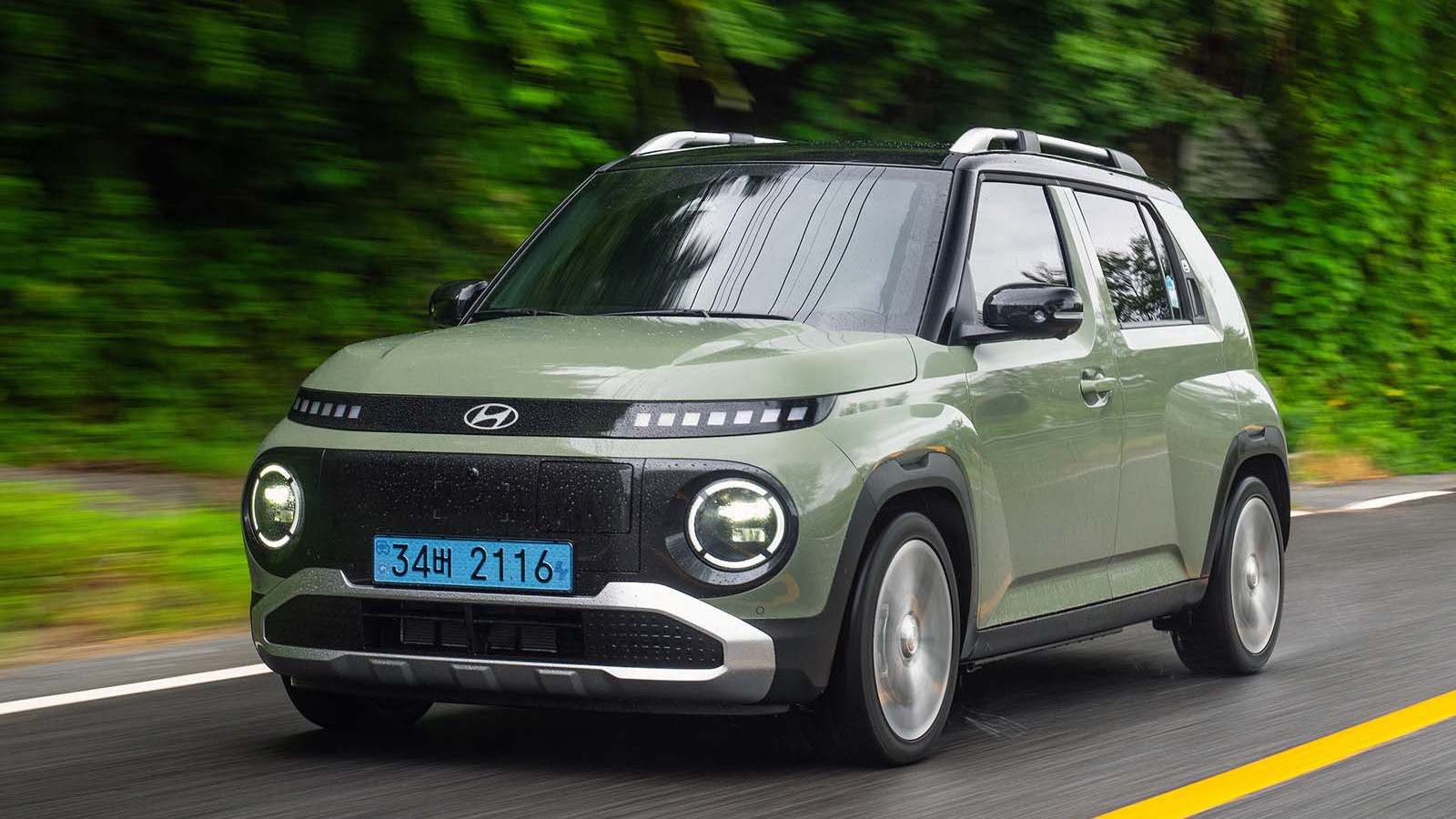 © Hyundai
© Hyundai -
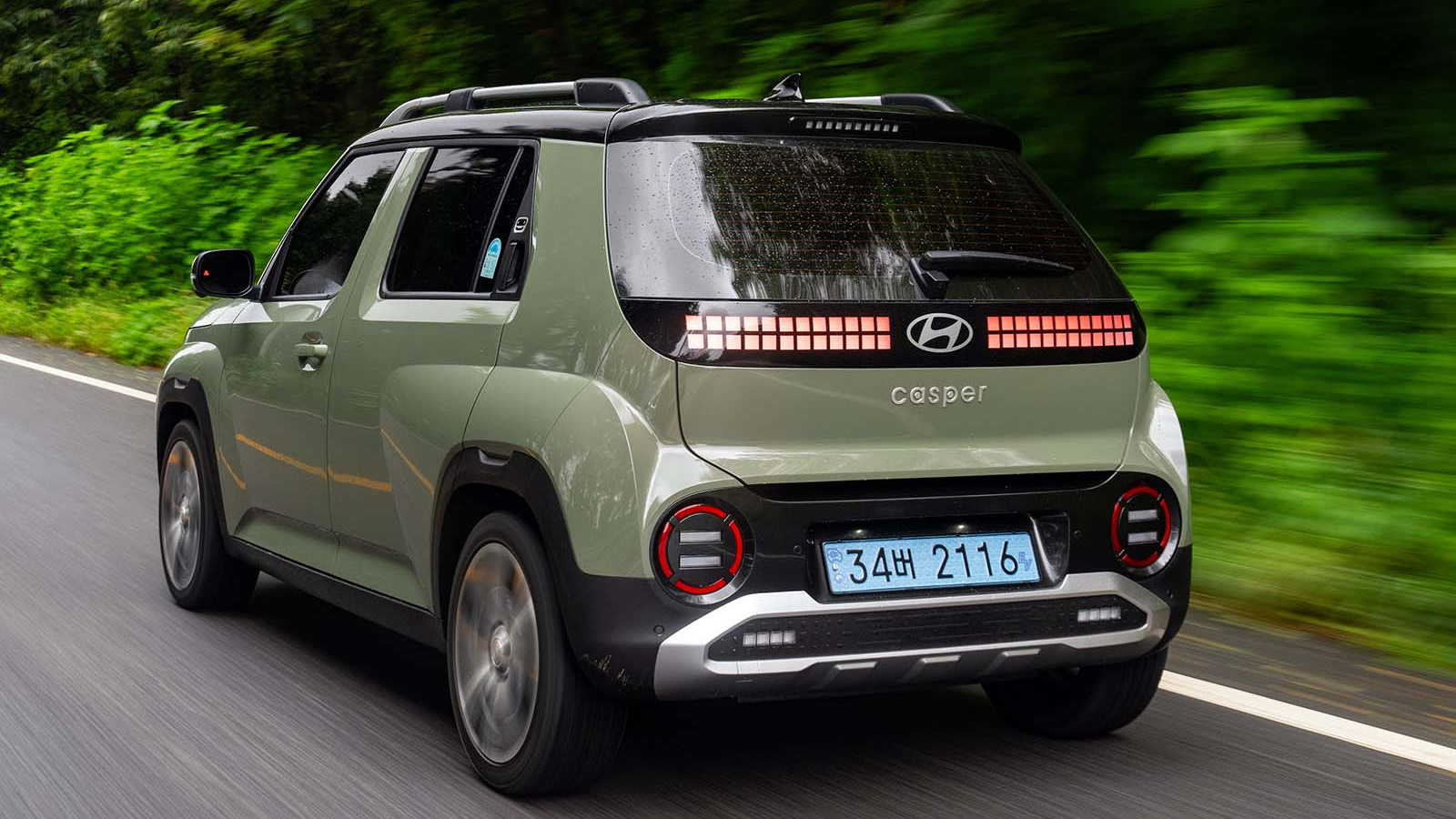 © Hyundai
© Hyundai -
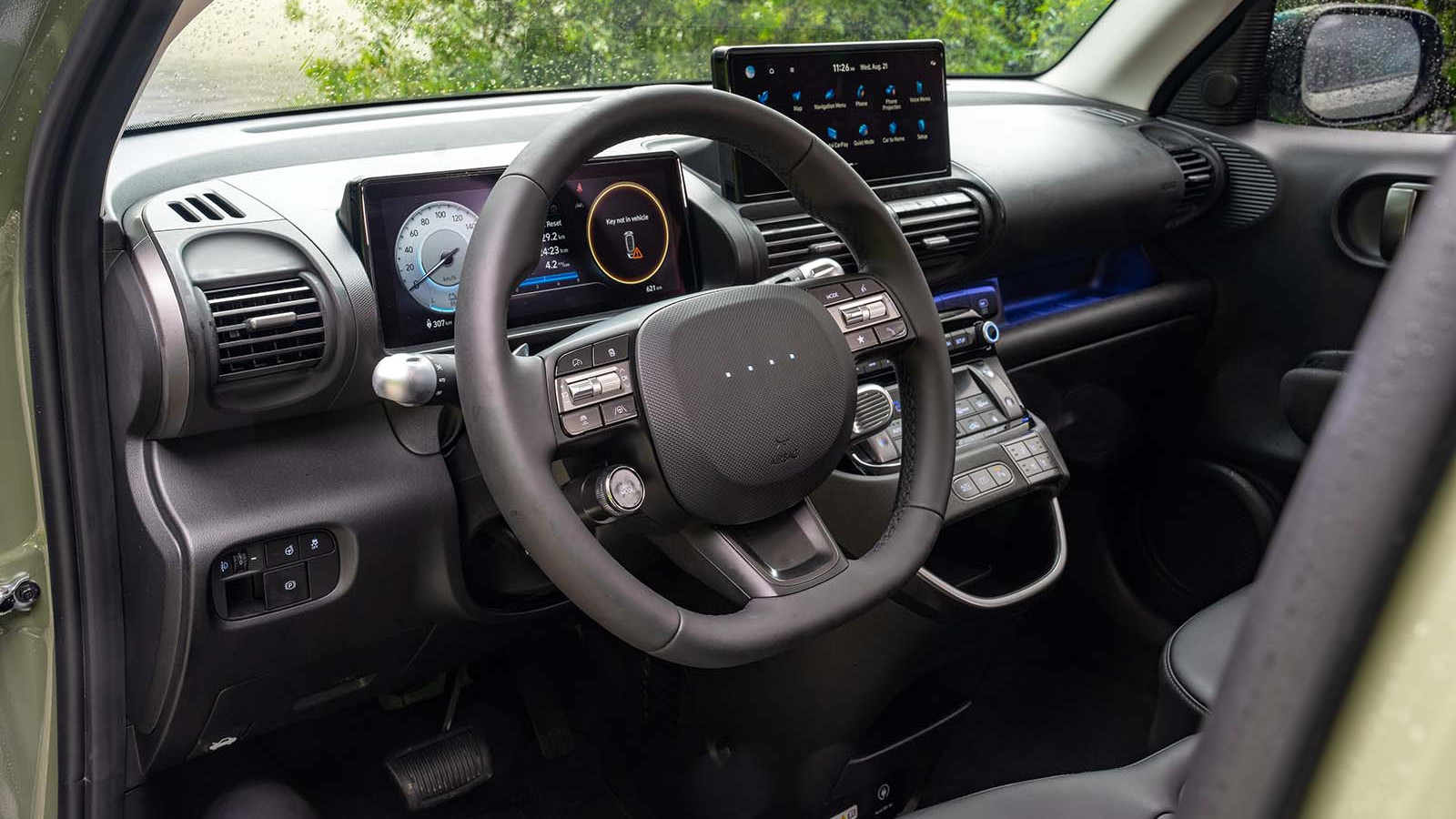 © Hyundai
© Hyundai -
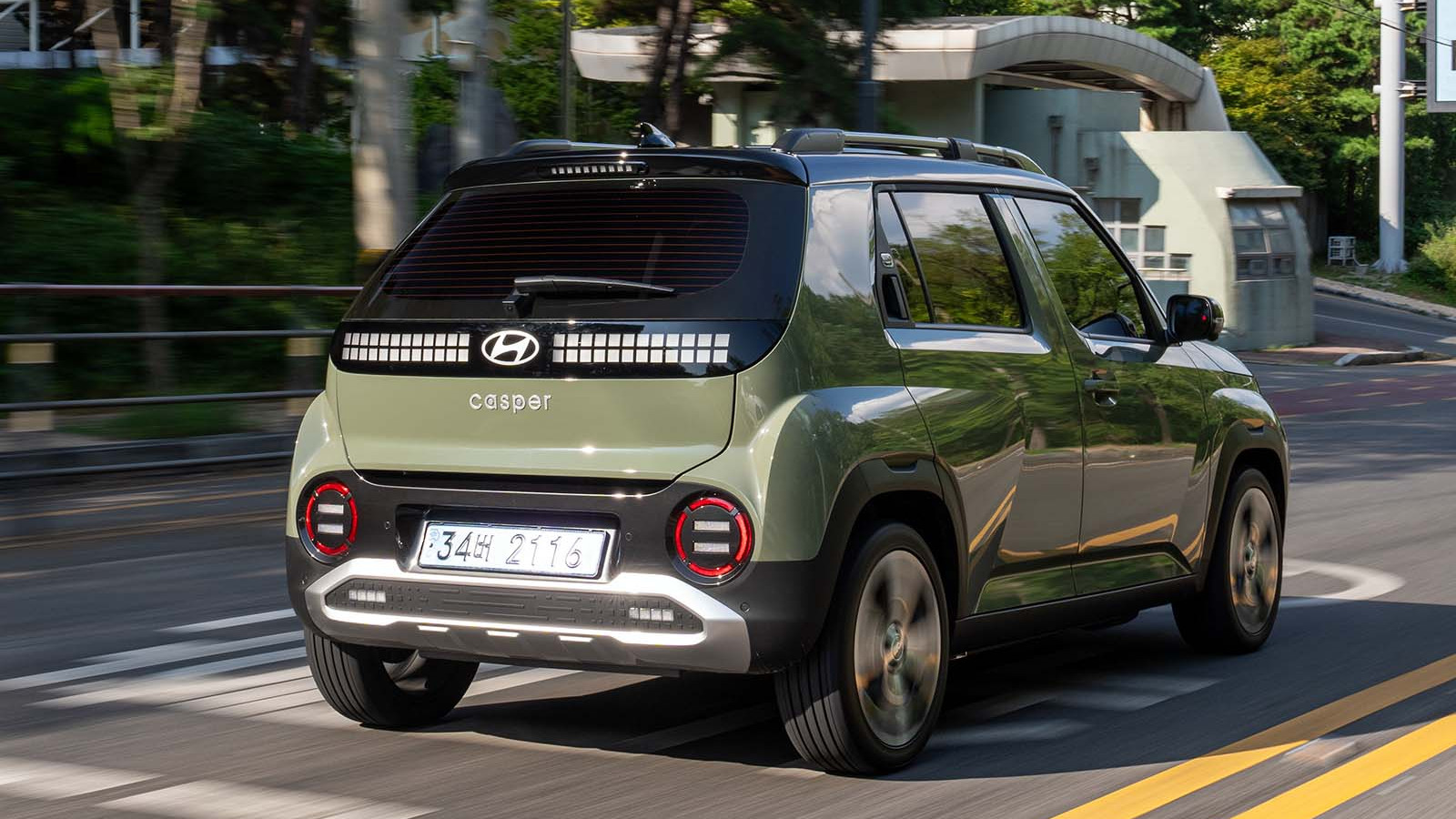 © Hyundai
© Hyundai -
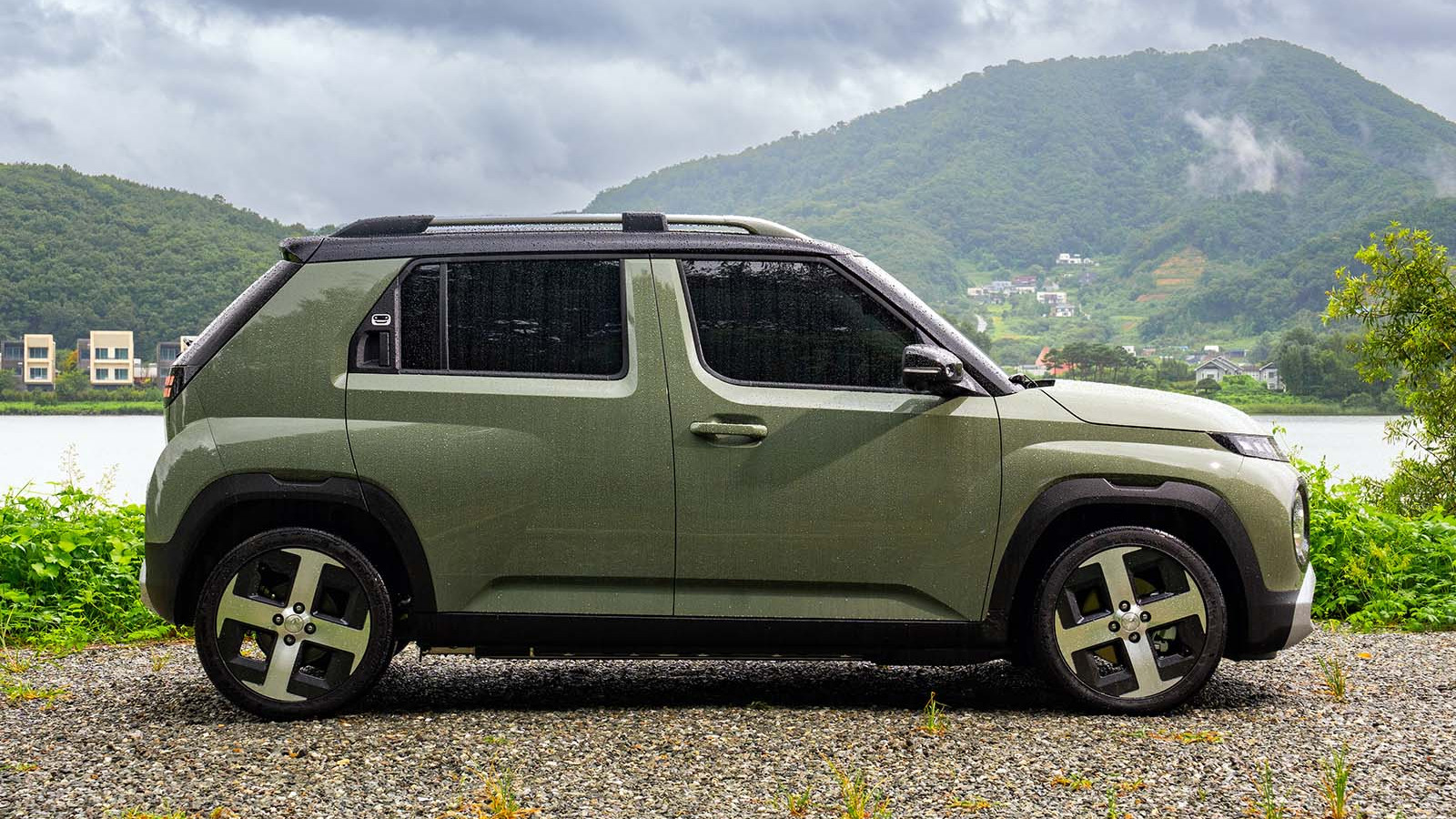 © Hyundai
© Hyundai -
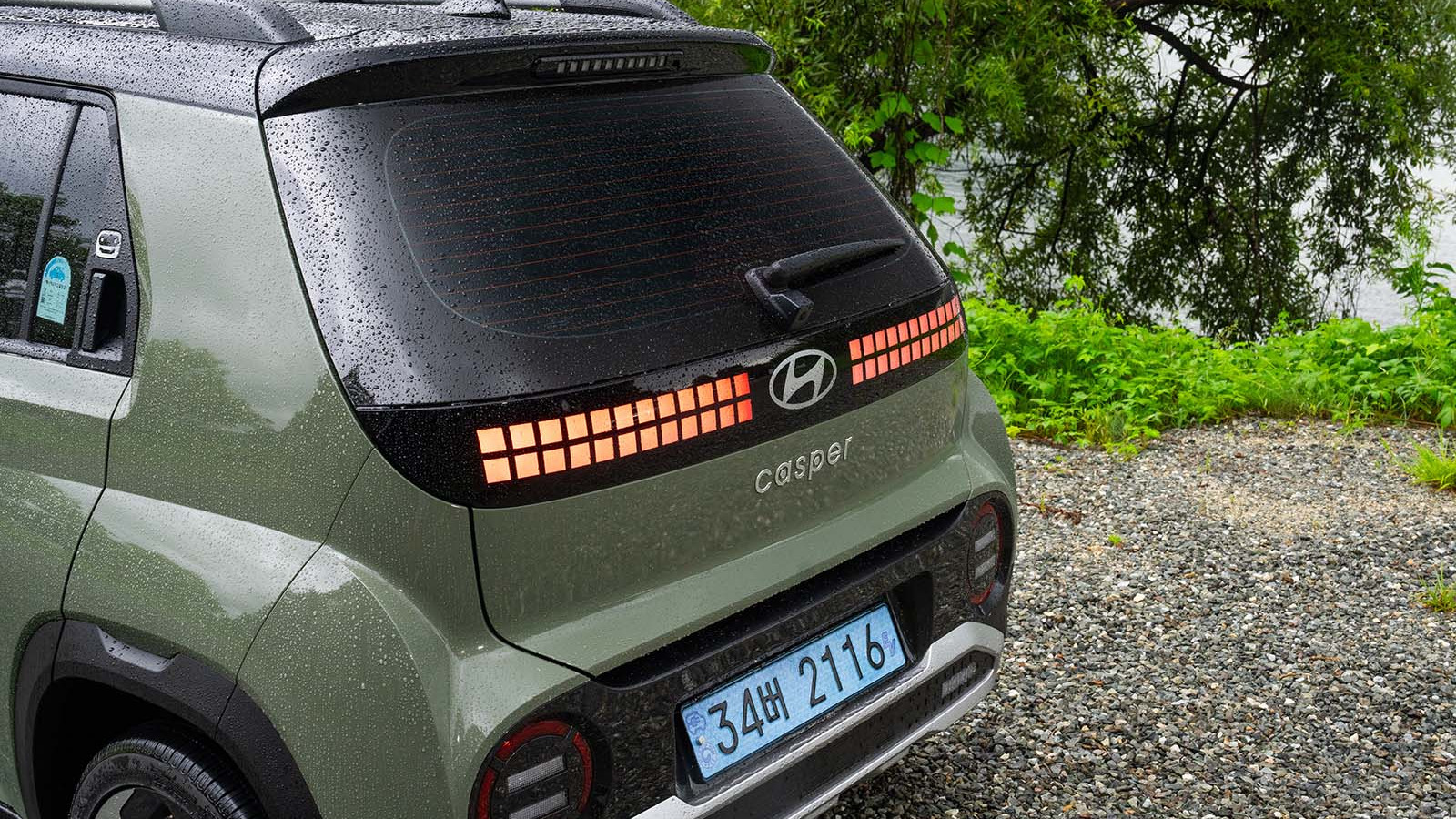 © Hyundai
© Hyundai -
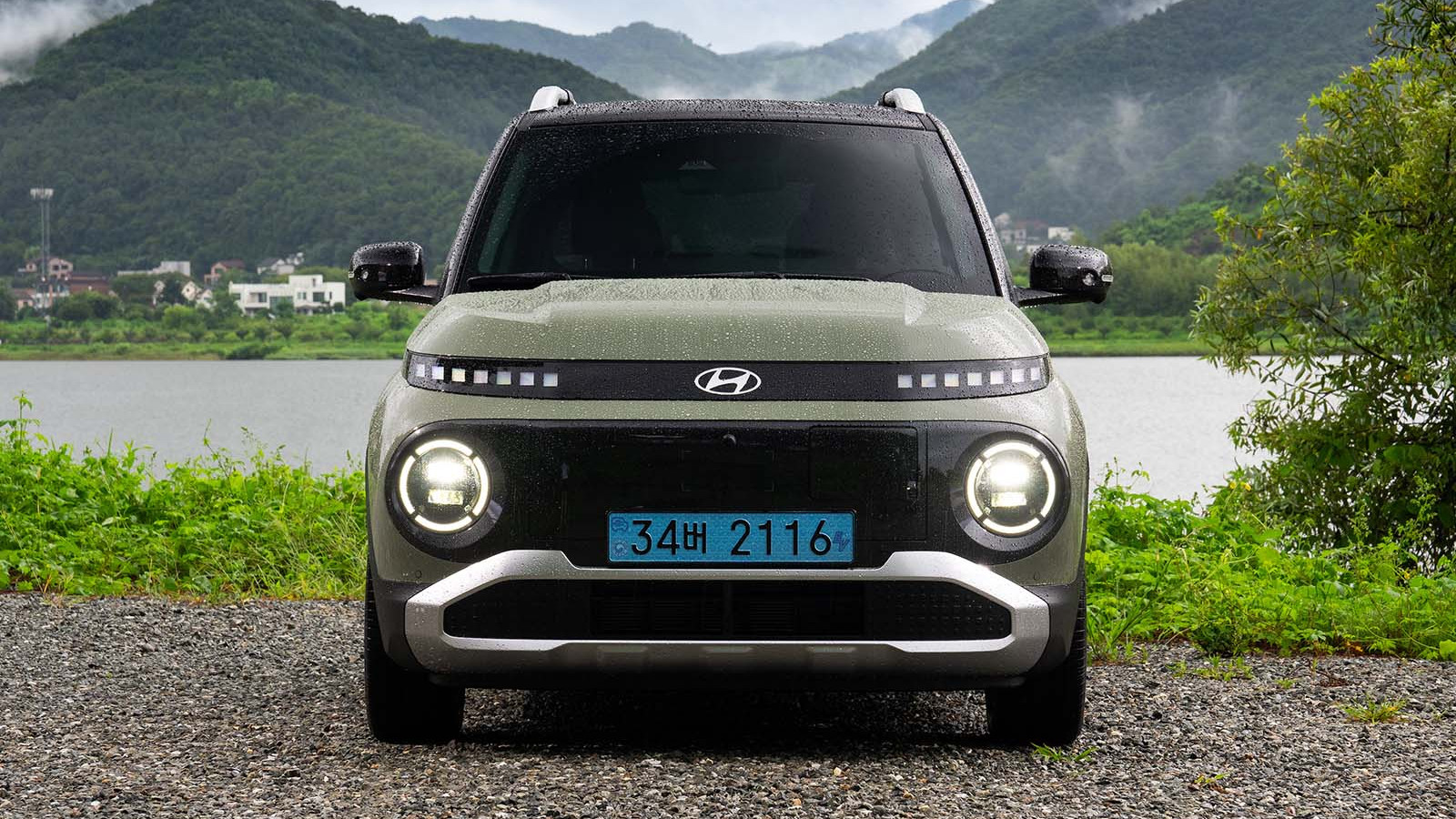 © Hyundai
© Hyundai -
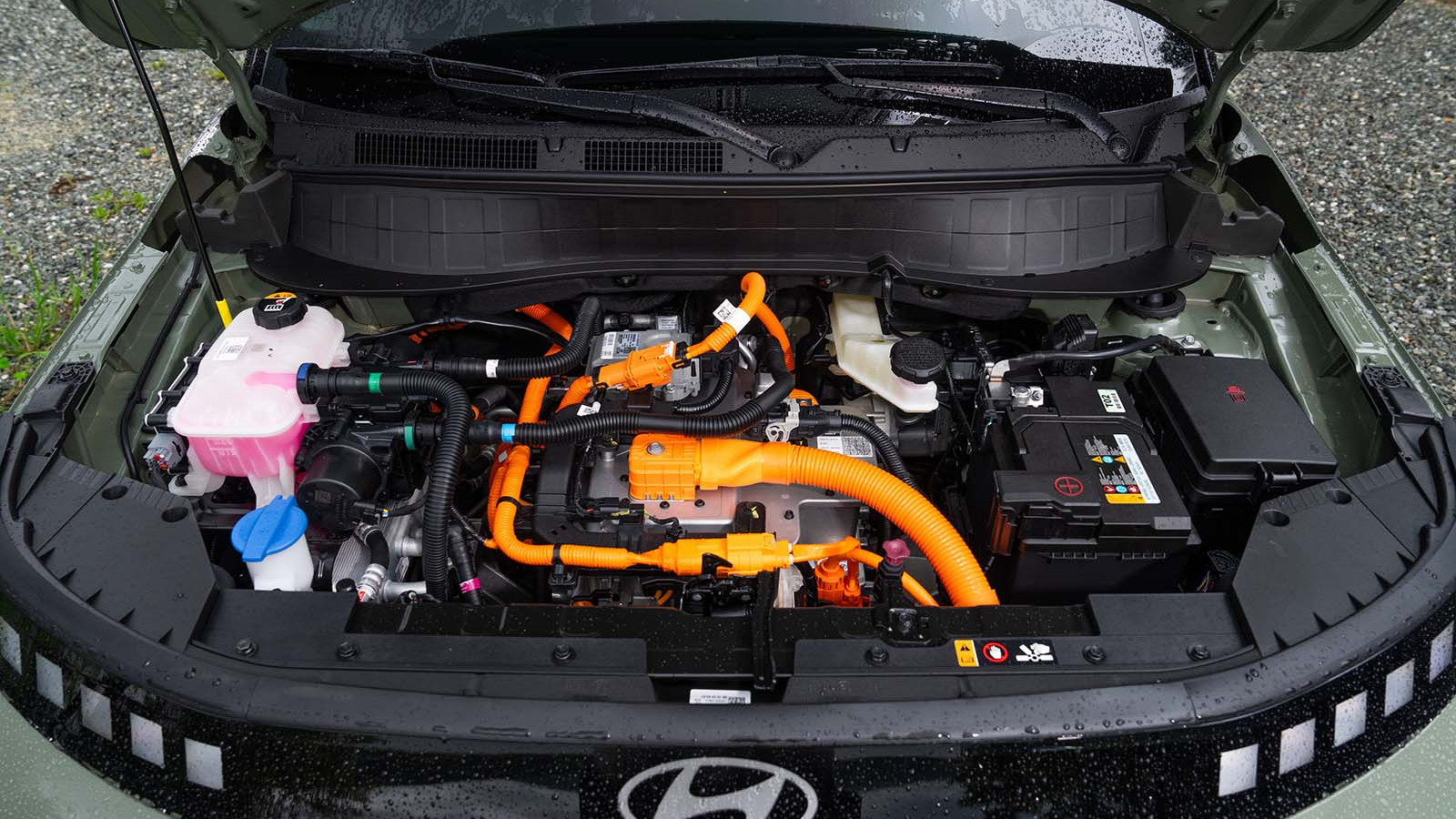 © Hyundai
© Hyundai -
 © Hyundai
© Hyundai -
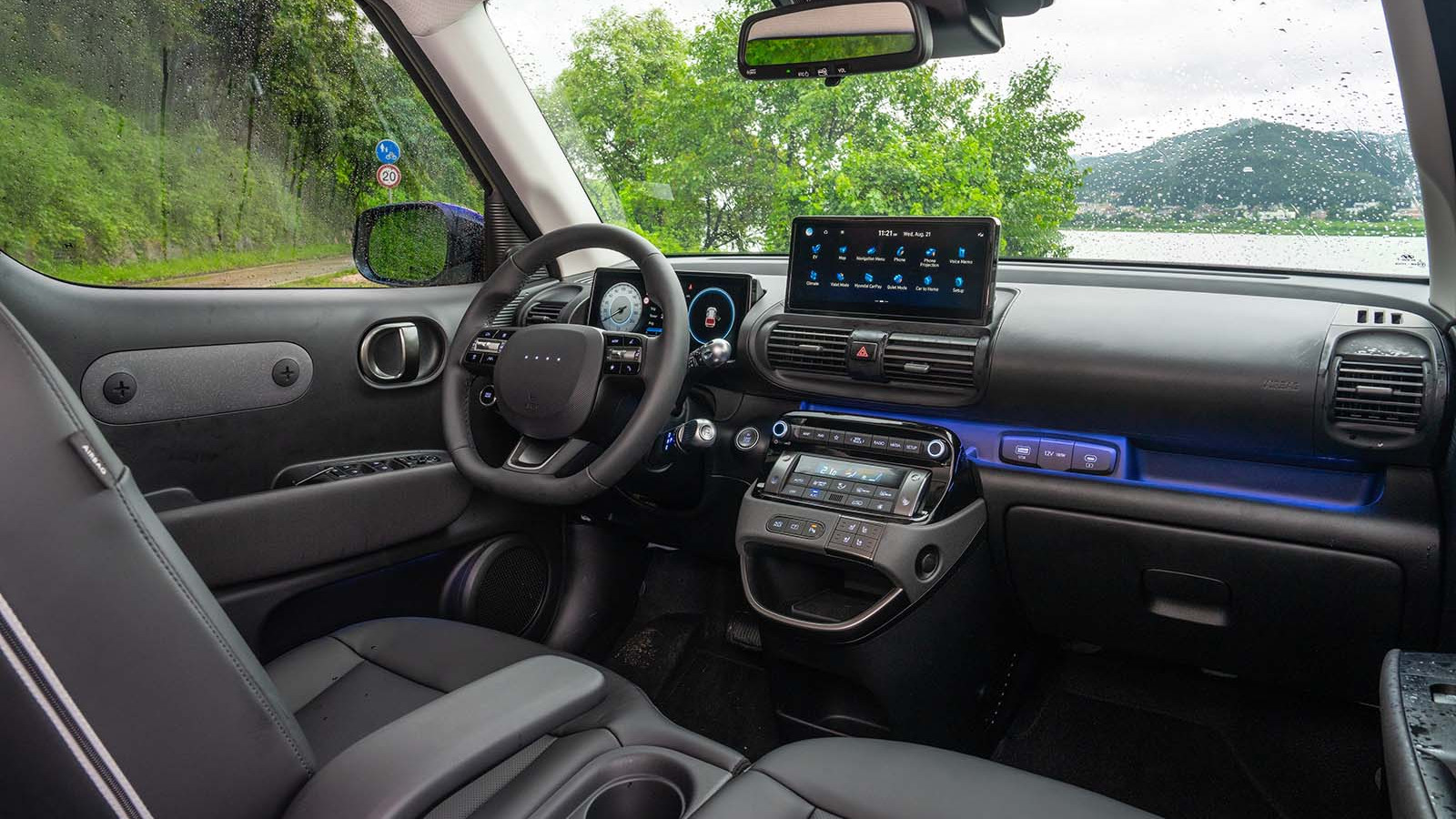 © Hyundai
© Hyundai -
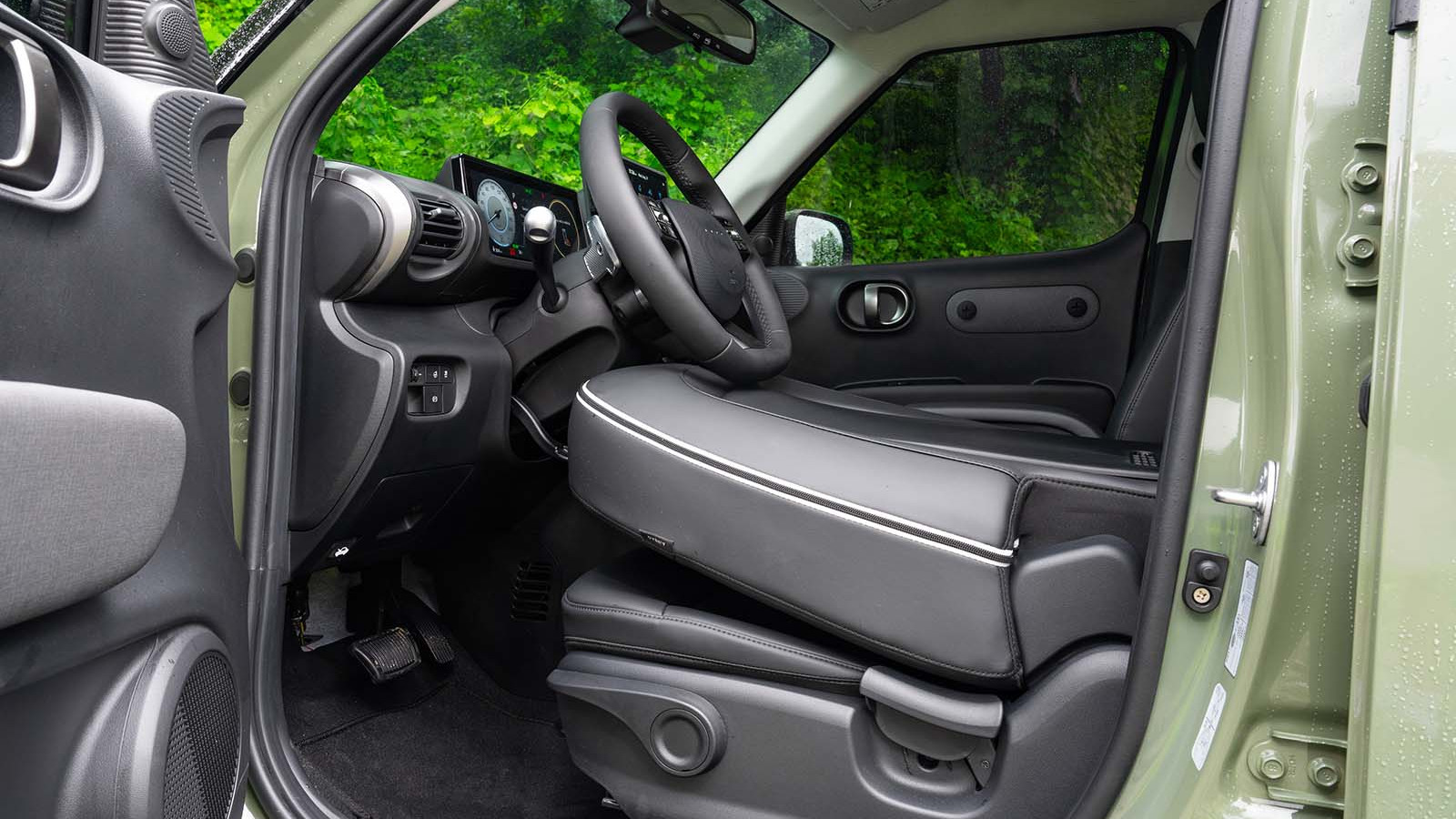 © Hyundai
© Hyundai -
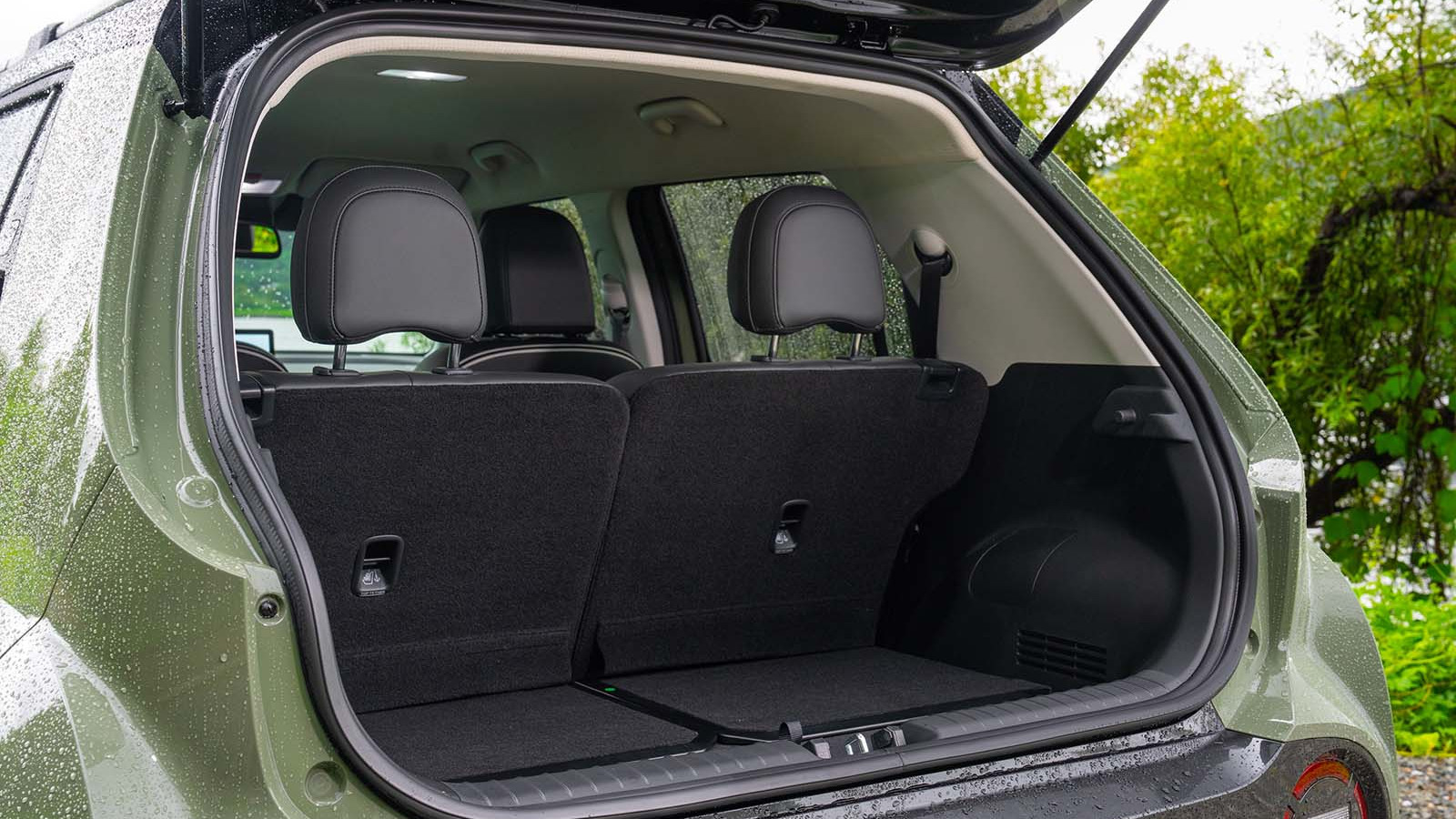 © Hyundai
© Hyundai -
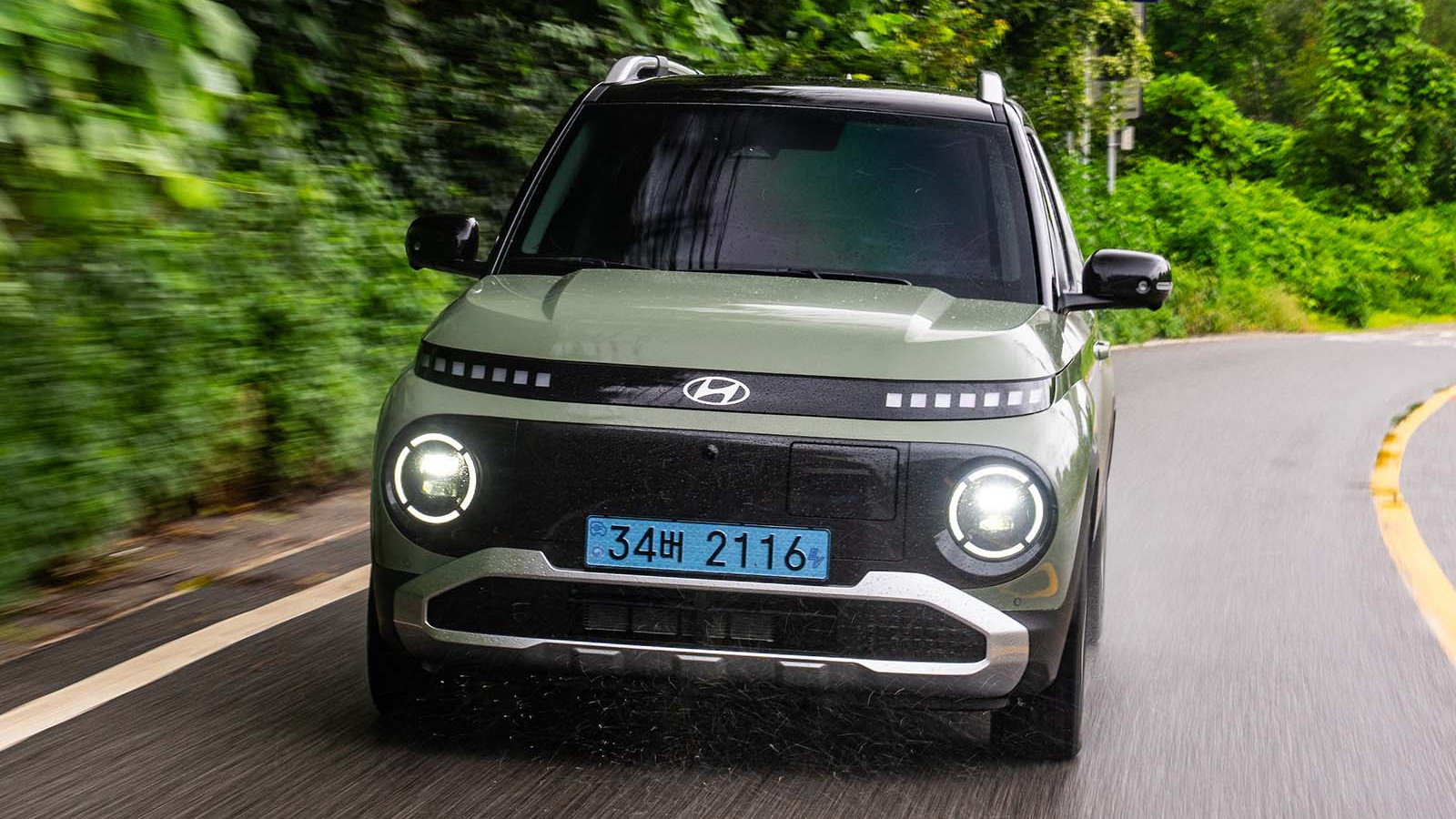 © Hyundai
© Hyundai -
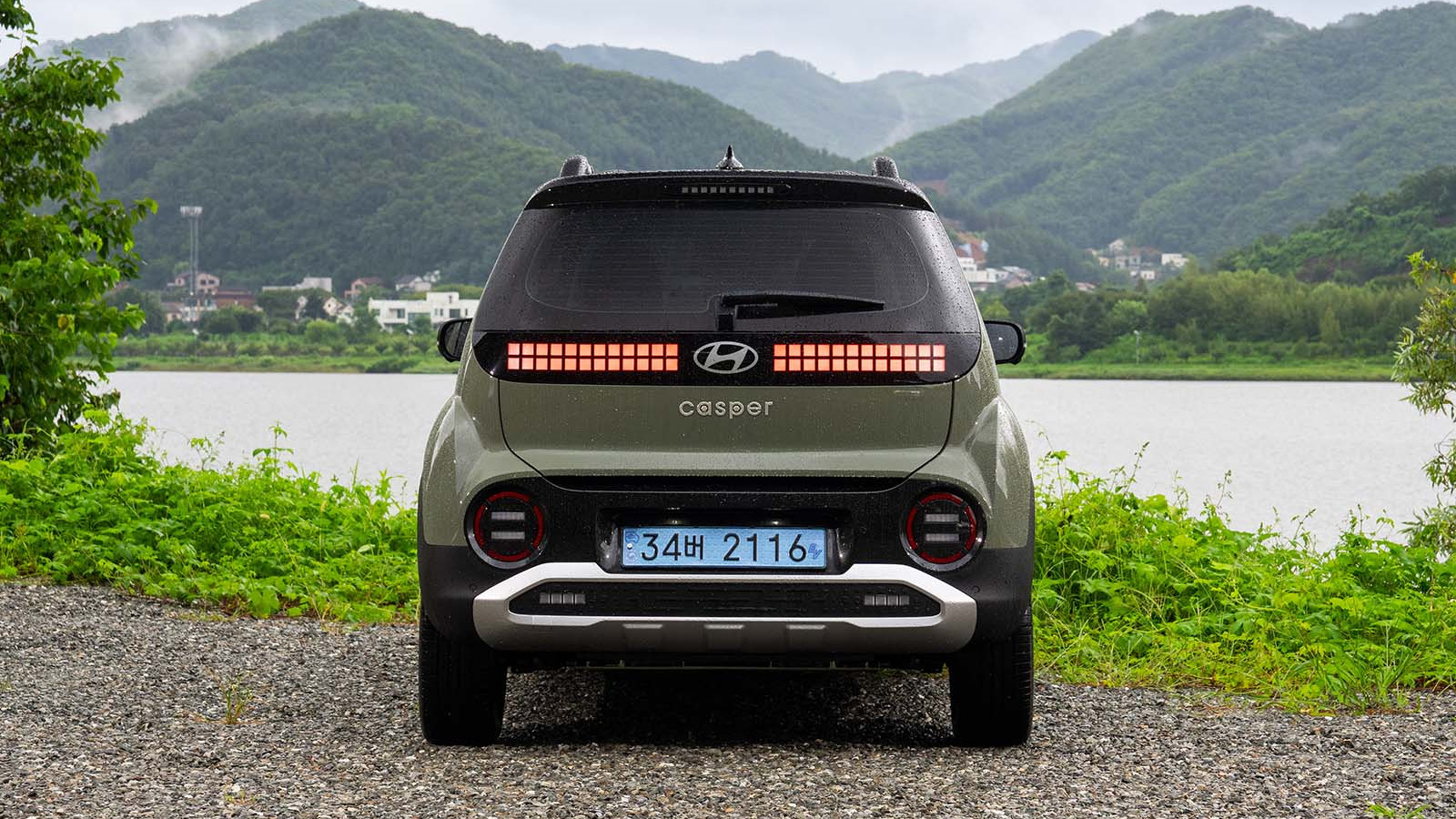 © Hyundai
© Hyundai -
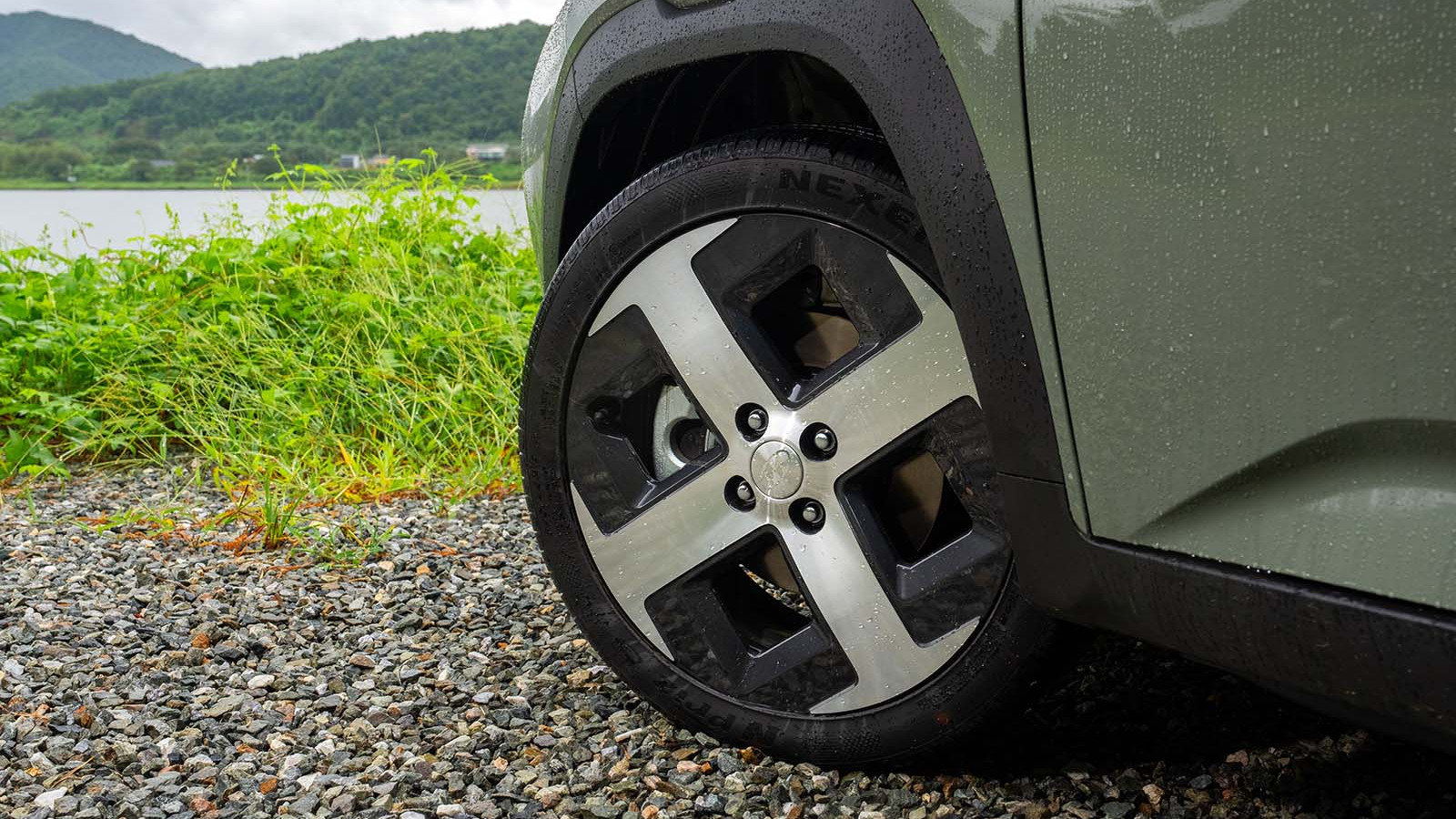 © Hyundai
© Hyundai -
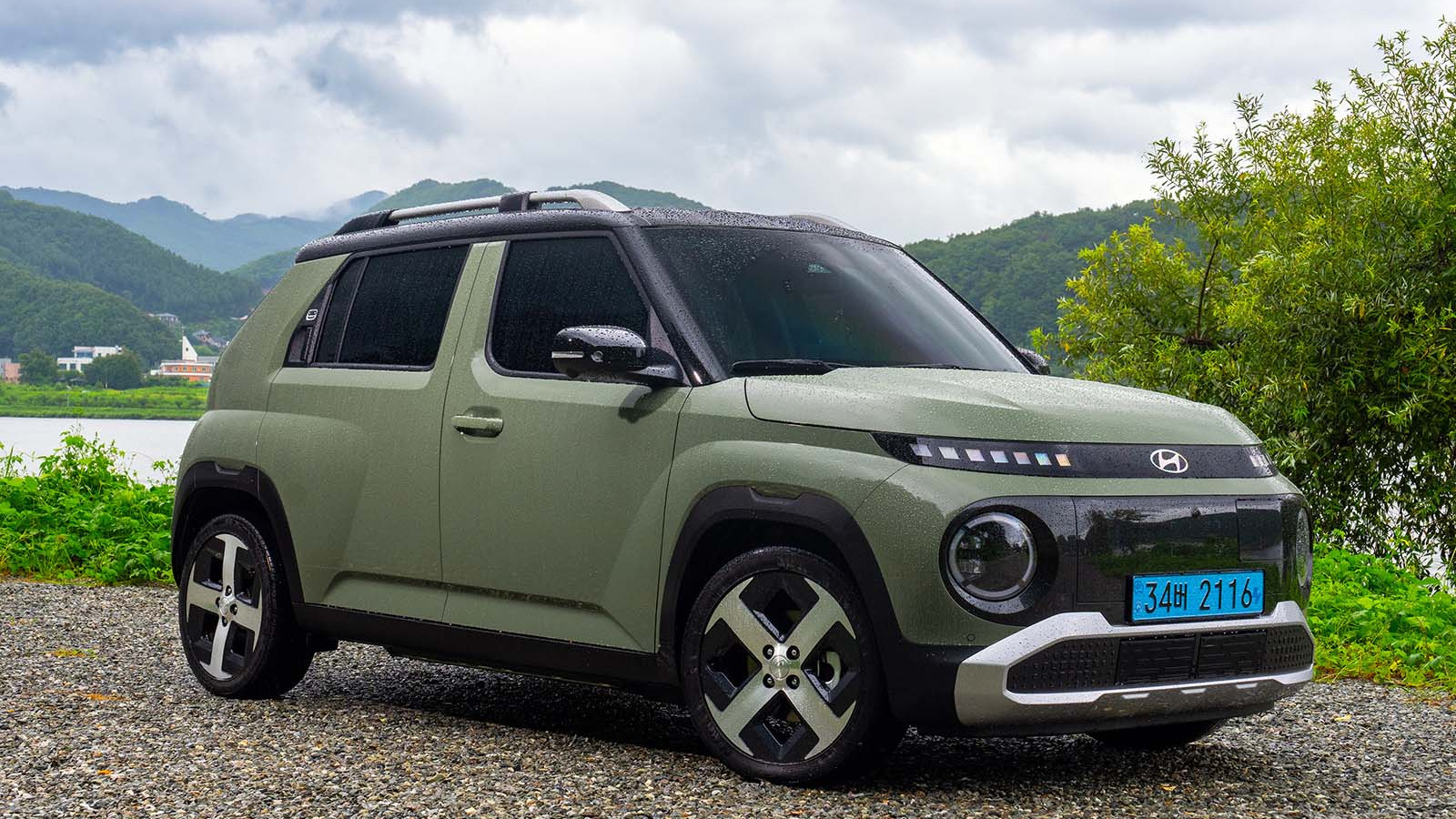 © Hyundai
© Hyundai
-
Meet the new Hyundai Inster, a - very - small electric car nipping at the heels of the Citroen e-C3, Fiat 500e and Renault 5.
It's refreshing to see so many new electric cars that are as small as they are affordable, and the new Inster is no different. At 3.8m long, 1.6m wide and 1.6m tall, it is similar in size to the i10 and i20, and costs from around £23,000.
-
That price does, however, make it significantly more expensive than the Dacia Spring, but the Inster is trying to prove that smallness is a luxury worth paying for.
-
It does this by offering customers a generous level of equipment, competitive electric range, attractive styling and the promise of real charm and character. Does it deliver? Let's find out…
-
As you would expect given its dimensions, the Inster (badged Casper in Korea) feels tiny on the road but never dwarfed by traffic. Like lots of other competent small cars, it's narrow and allows you to feed it through tight urban roads and gaps in traffic.
-
Its size has been achieved through it sharing roughly the same platform with the petrol-powered Hyundai Casper. The Casper has been stretched by 230mm, 180mm of which is in the wheelbase, to accommodate the floor-mounted battery pack.
-
Something else it shares with other great small cars is its mechanical simplicity. It has a single electric motor powering the front wheels, and you get MacPherson strut suspension at the front as well as a torsion beam at the rear.
-
Despite its simplicity, however, it is more than 400kg heavier than an i10. This means it lacks the get-up-and-go of the combustion car and leaves it feeling quite laboured when you want to use the power it has.
-
The front-mounted motor itself is available in two power outputs: 96bhp and 113bhp. It works with either a 42kWh battery or a 49kWh unit, depending on which model you choose. This provides an electric range of either 186 miles or 229 miles (note that these are Korean figures; its range has yet to be homologated in Europe).
-
Its extra weight is not entirely a bad thing, however, because at higher speeds it feels more settled, comfortable and less dwarfed by other traffic in the way that an i10 is. What's more, its electric range is still very good even at higher speeds, the 49kWh version still indicating 220 miles.
-
It is inside, however, that the Inster begins to get into its stride. The level of technology, perceived quality and practicality offered in here is very impressive.
-
All four of the seats fold flat (including the driver's seat) to create a very versatile space and the material quality, for example the solid-feeling switchgear, is good enough to match the class above.
-
You also get clever storage solutions. For example, the cupholders are attached to the driver and passenger seats, and there is a backlit storage tray on the dashboard in front of the passenger.
-
What's more, there is a very generous standard-equipment list. This includes an efficiency-boosting heat pump, dual 10.25in digital displays, and lots of safety kit. Optional extras include heated seats and a heated steering wheel.
-
And so to the conclusion of this review. The new Hyundai Inster is undoubtedly trying to do something different with the small car class. It's small but has a premium price, and tries to convince customers that its levels of equipment make it worth the extra cost over certain rivals.
-
Dynamically, it feels mature at higher speeds but lacks the low-speed character you normally associate with cars of this size, which is a shame, but it does pack plenty of storage space and equipment in a very small package.
-
Overall, we believe that the Inster is a car that is very reliant on customers finding value in its levels of equipment in order to take them away from their combustion equivalents, or indeed its key rivals such as the Renault 5. Only time will tell if this is going to happen.
